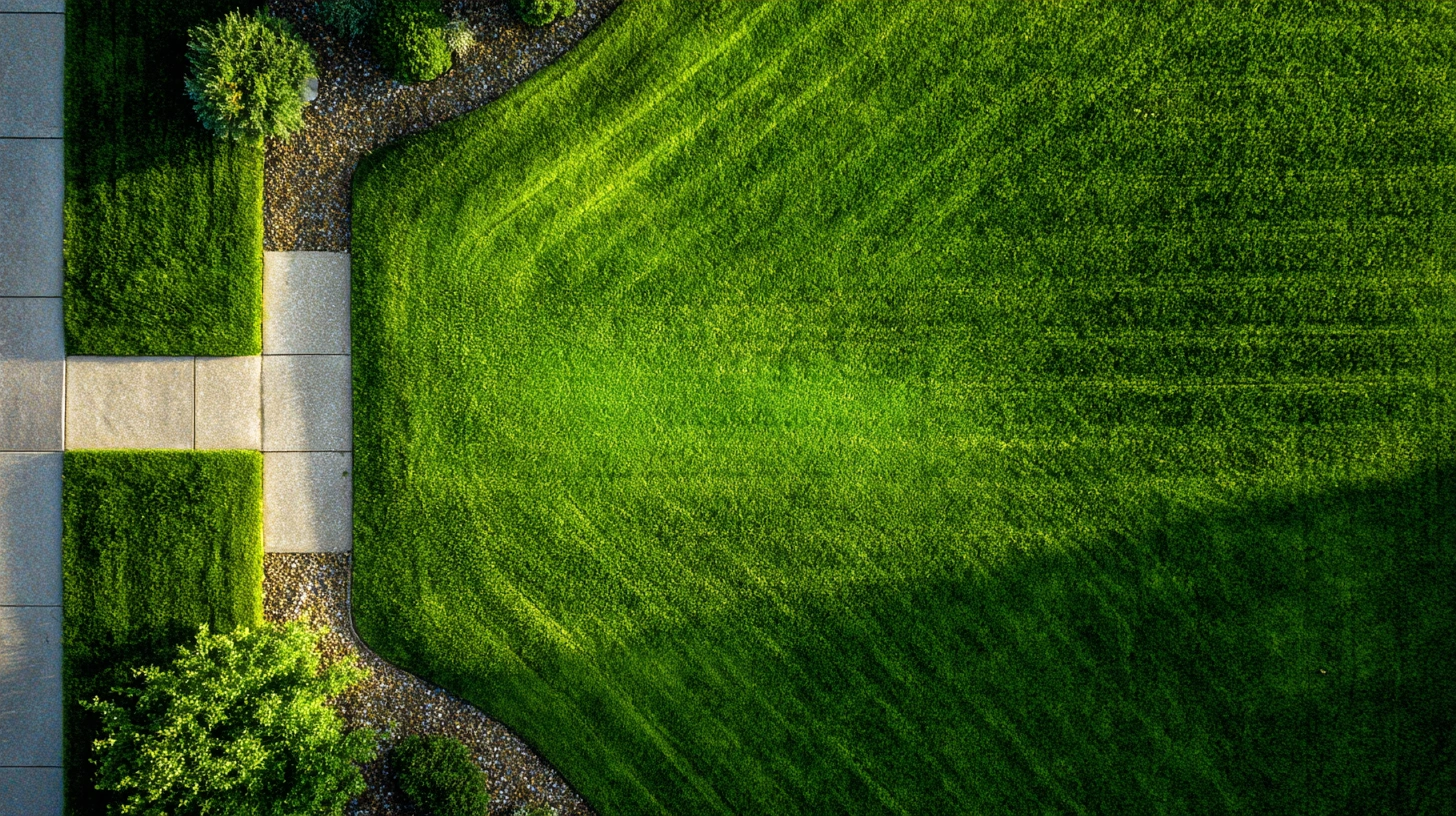Grass Identification Spokane: Uniform Lawn Solutions

Discover how to identify cool-season grasses in Spokane, spot tall fescue clumps and repair patchy areas for a lush, uniform lawn.
Grass Identification in Spokane: Uniform Lawn Solutions
Introduction
You've got a solid lawn in Spokane--lush green fescue and Kentucky bluegrass blend nicely under your feet--until you spot that 10x10 ft patch of thick, clumping grass. Suddenly, your neighborly brag rights feel shaky. Before you reach for a roto-tiller or herbicide, let's pause and figure out exactly what you're looking at. In zone 6a, cool-season grasses rule the roost, but those clumps often point to tall fescue or an unwanted coarse species.
In this guide, you'll learn how to visually identify the main turfgrasses in East-Central Washington, confirm whether that clump is truly tall fescue, and follow a step-by-step fix. You'll walk away with practical, season-appropriate tips--think selective removal, overseeding windows in spring and fall, and mowing strategies--that help you level up your lawn game without calling in a pro.
Problem Identification
Uniform lawns aren't just for looks. They provide a cushioned play area for the kids, reduce weed invasion, and make mowing more straightforward. When a bunch-type grass like tall fescue sticks out in a rhizome-forming bluegrass lawn, it disrupts density and texture. That's what happens in your patchy clumps: the blades are wider, coarser and form distinct tussocks instead of a smooth carpet.
Left unchecked, these clumps can spread, creating bare spots around them and inviting weeds. Identifying and addressing the culprit early saves time, money, and turf health down the road.
Visual Identification
Before tackling the patch, confirm what you're dealing with. Here's a quick visual guide to the main cool-season grasses in Spokane:
Fine Fescues (Festuca spp.)
Blade width: Very narrow (116-18 inch)
Texture: Soft, delicate, often bluish-green
Growth: Bunch-type or with short rhizomes in fine-fescue mixes
Kentucky Bluegrass (Poa pratensis)
Blade width: Medium-fine (18-316 inch)
Tip shape: Boat-shaped leaf tip, soft texture
Growth: Spreads via underground rhizomes, creating a dense, even turf
Perennial Ryegrass (Lolium perenne)
Blade width: Fine (similar to bluegrass but shinier underside)
Growth: Bunch-type, germinates quickly for repair patches
Color: Medium green, slightly glossy
Tall Fescue (Schedonorus arundinaceus)
Blade width: Coarse (up to 12 inch)
Clumping: Forms noticeable tussocks, deep roots
Texture: Stiff, shiny blades that stand out in the mix
If your patch's blades are thick, rigid and grow in a tight mound, tall fescue is the likely suspect.
Ready to transform your lawn?
Get personalized AI guidance for the perfect lawn. Download Grassmaster Gus now!
Causes and Contributing Factors
Why does tall fescue or another coarse grass pop up in your uniform lawn? A few common missteps:
Seed blend mixing: Previous overseeding or repair jobs used a non-matching seed that included tall fescue
Patch repairs: Uneven sodding or quick fixes introduced a different turf type
Invasive spread: Tall fescue can wander in from neighboring lawns or past plantings
Even a small mismatch stands out over time. Your goal is a consistent species and texture across the entire yard.
Solutions and Treatments
1. Identification First
Perform a quick hand test: pull a handful of blades. Fine fescues and bluegrass resist clumping; tall fescue comes out in clumps with deep roots.
2. Selective Removal
For patches under 20 sq ft, dig out the clumps by hand or with a trowel:
Cut turf squares 4-6 inches beyond the clump edge
Remove roots to prevent regrowth
Fill hole with a matching seed mix and topsoil, then water gently
3. Spot Herbicide Application
If you prefer chemical control:
Use a non-selective herbicide (glyphosate) on the patch only
Wait 7-10 days for the grass to brown and die back
Reseed immediately after clearance
Follow label instructions and avoid drift onto desirable grass
4. Overseeding for Uniformity
Bulk renovation steps when patches are widespread:
Timing: Early fall (late August to mid-September) or late spring
Seed blend: Choose a Spokane-approved cool-season mix (fine fescue, Kentucky bluegrass, perennial ryegrass)
Seeding rate: 4-6 lbs per 1,000 sq ft for bluegrass/fine fescue blends
Soil prep: Lightly dethatch and aerate, then broadcast seed
Watering: Keep seedbed consistently moist (avoid puddling)
5. Mowing and Maintenance
Height: 2.5-3 inches for most cool-season lawns
Frequency: Never remove more than one-third of blade length per mow
Clippings: Leave clippings in place to recycle nutrients
Prevention Strategies
A well-established lawn is your best defence against unwanted clumps:
Use regionally vetted seed: Local seed suppliers and the Washington Turfgrass Seed Commission recommend blends suited for Spokane's climate
Regular overseeding: Fill thin spots every fall to maintain density
Proper irrigation: Follow guidelines from OSU Extension for efficient watering in the Intermountain West
Timing and Application Guidelines
Avoid extreme conditions: Don't seed if a heavy frost or downpour is in the 72-hour forecast
Seasonal windows: Aim for soil temps above 55 degrees F. Late August-September and April-May are sweet spots in USDA zone 6a
Safety Considerations
When handling herbicides or digging out patches:
Wear gloves and protective eyewear
Prevent spray drift--treat patches on a calm day
Check local regulations; Washington State generally allows homeowner glyphosate use, but HOA rules may differ
Conclusion
A uniform Spokane lawn starts with knowing what you've got underfoot. By visually identifying fine fescues, Kentucky bluegrass and tall fescue clumps, you'll be ready to pick the right fix--whether it's hand-digging, spot herbicide or a full overseed. Stick to fall or spring windows, use regionally tested seed mixes and maintain proper mowing and watering habits. Follow these steps, and you'll trade that clumpy 10x10 patch for a smooth, emerald carpet that earns nods from neighbors and keeps your lawn care pride intact.
Transform Your Lawn with AI-Powered Care
Join thousands of homeowners achieving their dream lawn with personalized guidance from Grassmaster Gus.
- AI-powered lawn analysis
- Personalized care schedules
- Expert advice 24/7
- Track lawn progress
